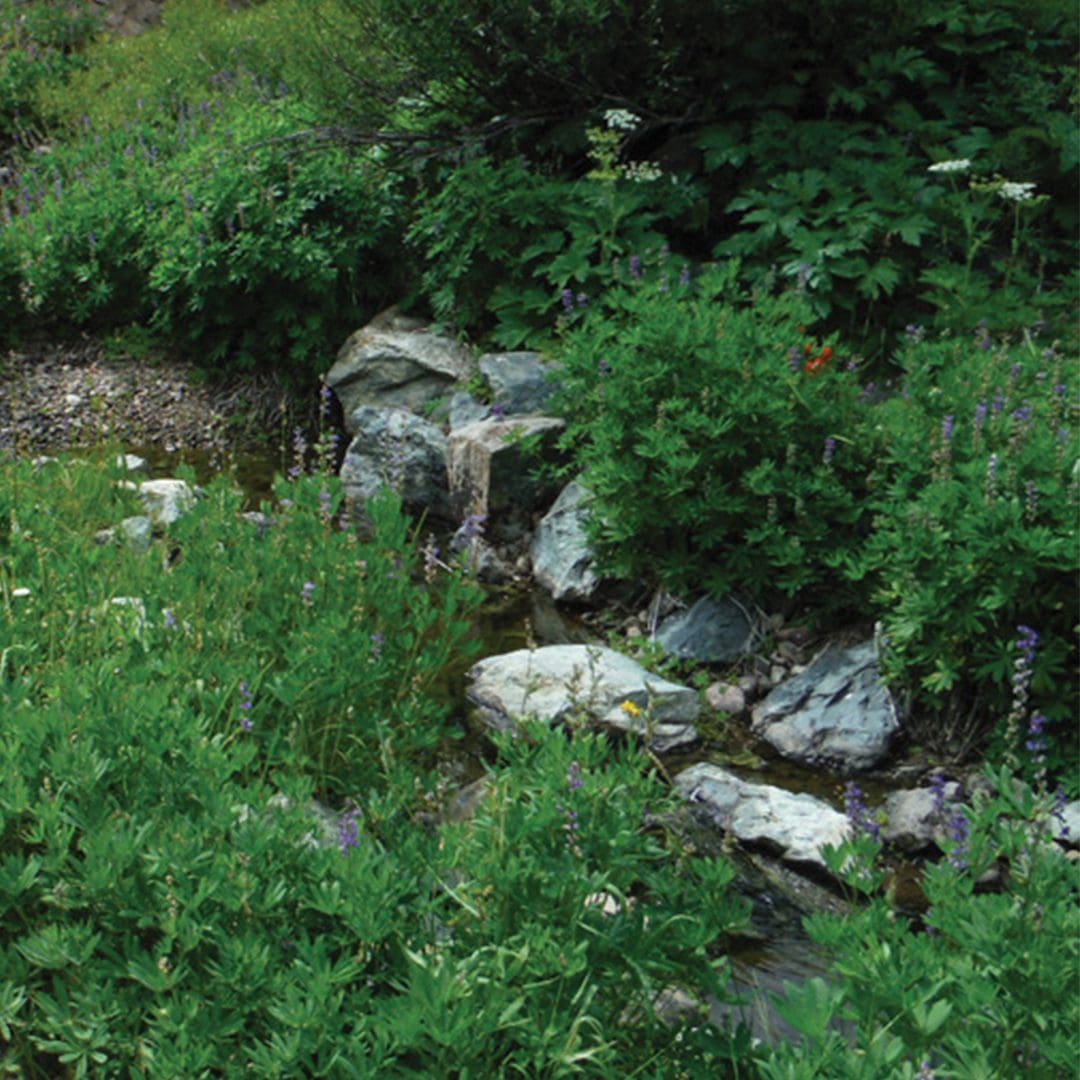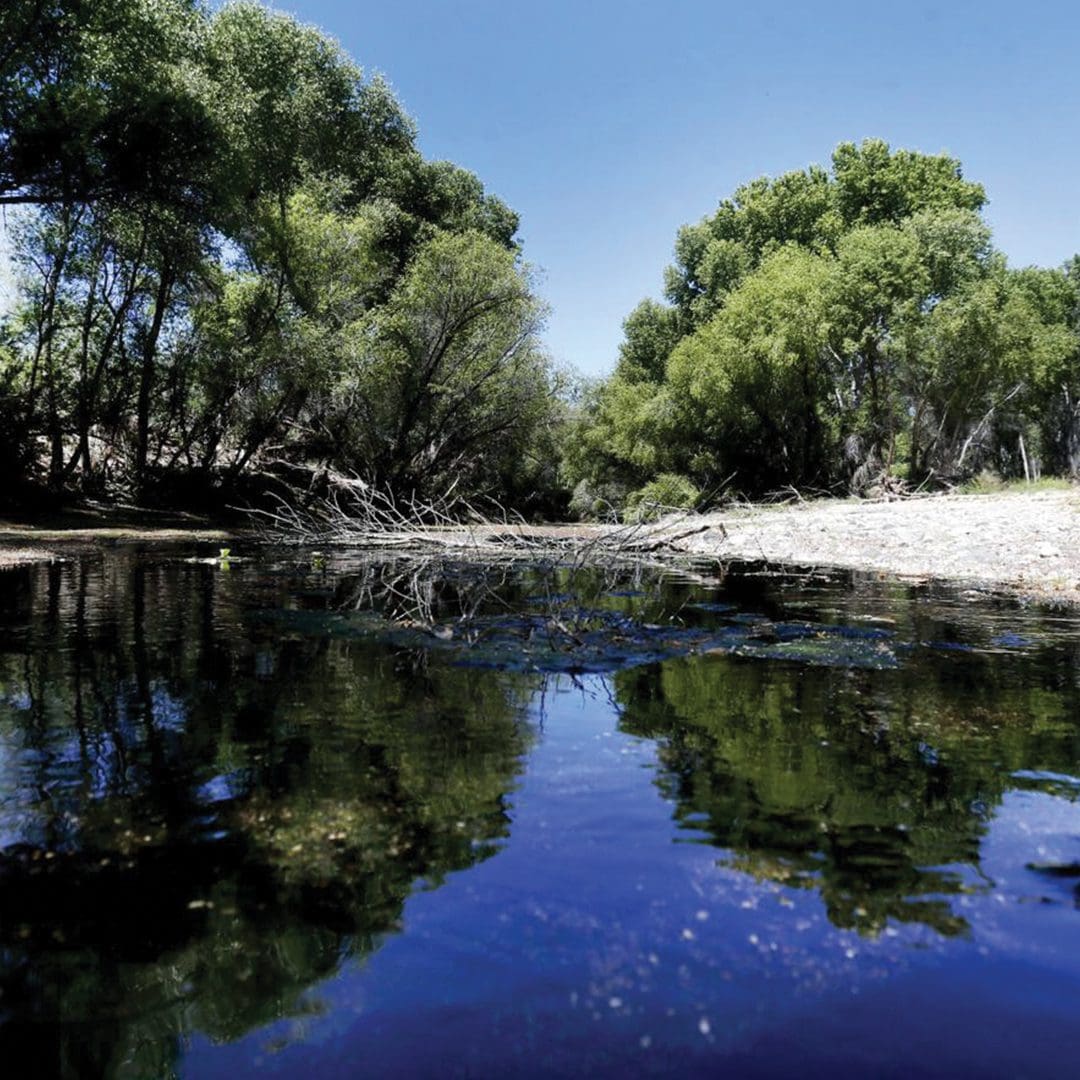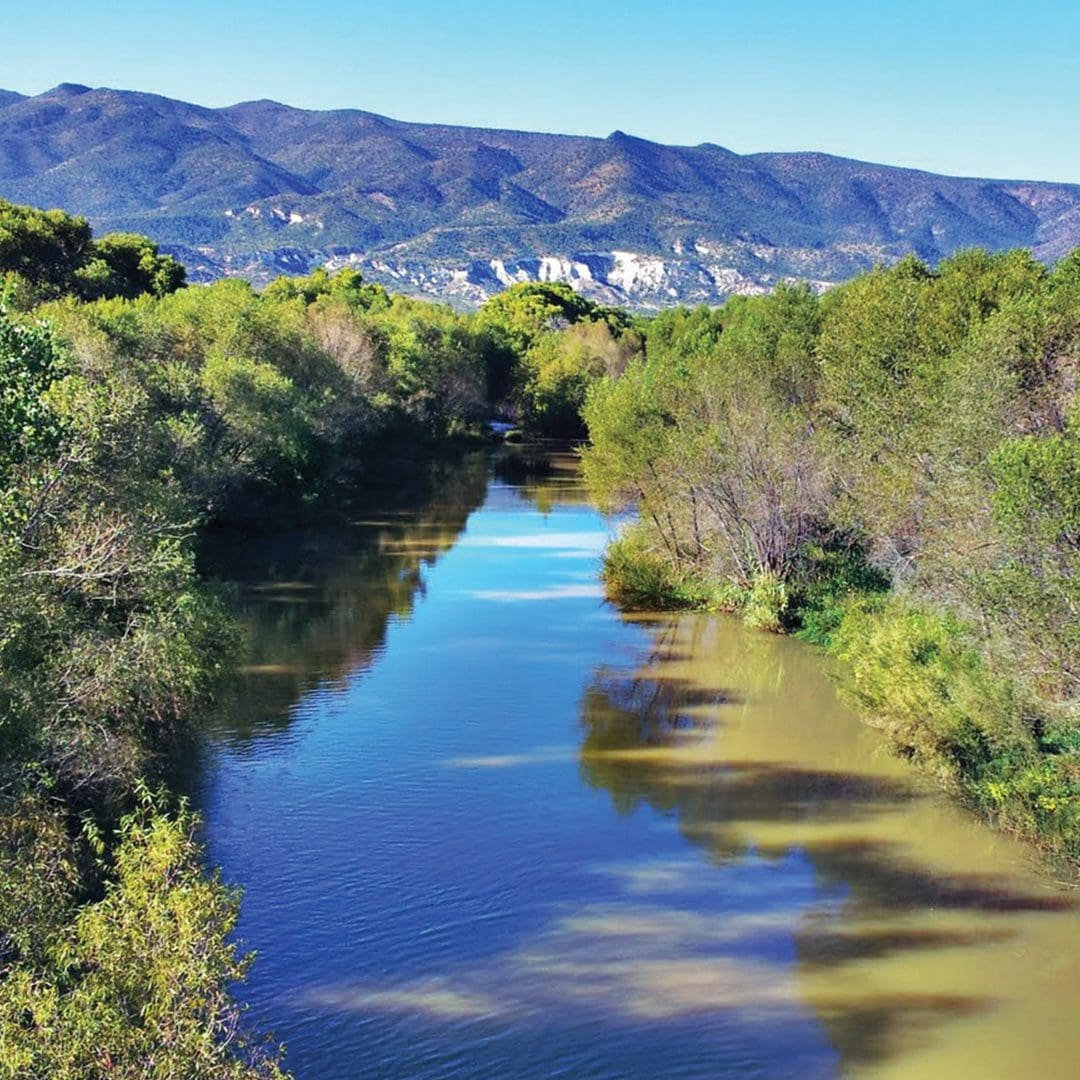Water Restoration
Only FreshPure® Waters offsets all carbon and water used in our process.
How it works
Tracking Usage
FreshPure® Waters has both a water footprint and a carbon footprint from the resources we use to run our filtration and vending systems. We add them up.
Identifying Areas
We collaborate with the Bonneville Environmental Foundation to target freshwater areas in need of conservation and restoration. Like them, we believe that our water, climate and energy challenges are urgent and solvable.
Returning Resources
We purchase carbon and water credits to offset our usage and direct our efforts to watersheds in the American West.
Water Restoration Means…
We’re investing in watershed preservation in the areas we operate. Through agreements and partnerships, we’re helping to keep clean water in our streams and rivers.
Groundwater Conservation & Replenishment
Water Quality Improvement
Wildlife & Habitat Protection
What’s the Goal?
Bulk water is already 1,200% more green than bottled. Through Water Restoration, we continue to expand our commitment to the environment, our customers, and our shared future.
We’re focused on watersheds in the American West, starting with:

Foster Meadow Habitat
The headwaters of the Middle Fork Cosumnes River sit in the beautiful Foster Meadow at 6,800 ft elevation in the Sierra Nevada Mountains of California. A small and diverse ecosystem, this 27-acre project area includes degraded reaches of the river to be restored and functional reaches to conserve.

San Pedro River
The San Pedro River in Arizona suffers from chronic low flows due to extensive over pumping and groundwater use, negatively affecting vegetation and reducing habitat along the river banks for fish and wildlife. We’re working with ranchers to improve and restore its flows for nature.

Verde River - Tres Brisas Ranch
Farmers and conservationists are working together to improve water quality in North Central Arizona. The Tres Brisas irrigation modernization project is expected to bolster the productivity of the ranch while reducing on-farm water use and benefiting an estimated 1.5 miles of the Verde River.